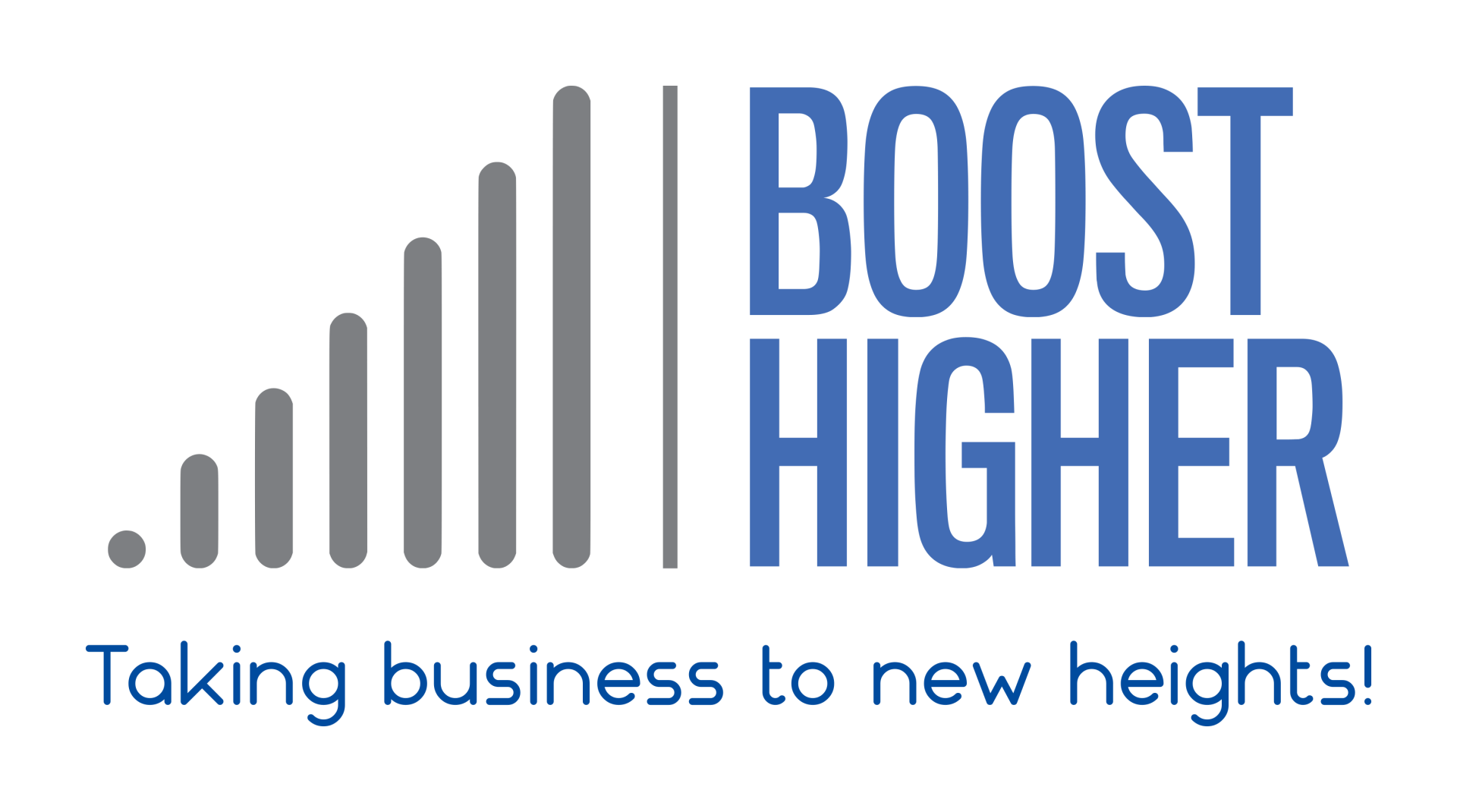Facebook Ads Reporting: How to Track Performance
Understanding the performance of your Facebook Ads is critical in optimizing your marketing strategy. It offers insights into your audience's engagement levels, preferences, and response to your offerings. However, navigating Facebook's Ads reporting can often feel like navigating a labyrinth, particularly for new marketers.
In this blog post, we'll demystify Facebook Ads Reporting, providing you with a comprehensive guide on how to effectively track and measure your ad performance. Whether you're an experienced marketer seeking to fine-tune your approach or a beginner aiming to understand the basics, this guide is tailored to help you make the most of your Facebook Ads investment.
Understanding the basics of Facebook Ads Reporting
Facebook Ads Reporting primarily offers three major categories of data:
- Performance Metrics: This includes data like impressions (the number of times your ad was viewed), reach (the number of unique users who saw your ad), and engagement (clicks, likes, shares, and comments on your ad). These metrics give you a broad overview of how your ad is performing in terms of visibility and user interaction.
- Demographics: This section offers insights into the age, gender, location, and device usage of the people interacting with your ads. It's valuable for understanding who your ads are reaching and whether they align with your target audience.
- Conversion Metrics: These metrics show actions that users took after interacting with your ad, such as website visits, app downloads, purchases, and sign-ups. This data is crucial for understanding the return on investment (ROI) of your ads and identifying which ads are driving the most valuable actions.
Identifying Key Metrics and Performance Indicators
Based on the data categories outlined above, it's important to identify key metrics that align with your marketing goals. These performance indicators will help you assess the success of your ad campaigns. Some key metrics to consider include:
- Click-Through Rate (CTR): This is the total number of clicks on your ad divided by the total number of impressions. A higher CTR indicates that your ad is capturing attention and enticing users to engage.
- Cost Per Action (CPA): This measures how much it costs for a user to take a desired action (like making a purchase) after clicking on your ad. A lower CPA indicates that your ad is cost-effectively driving valuable actions.
- Conversion Rate: This is the number of conversions (like purchases or sign-ups) divided by the total number of clicks. A higher conversion rate suggests that your ad is not only capturing attention but also convincing users to take the action you want.
- Return on Ad Spend (ROAS): This is the total revenue generated from your ad divided by the total cost of the ad. A higher ROAS indicates that your ad is effectively driving profitable customer actions.
Remember, the key metrics you focus on should directly align with your marketing objectives and the specific goals of your ad campaign.
Setting Goals and Objectives for Your Campaigns
Before diving into the campaign creation process, it's vital to clearly define your goals and objectives. Consider what you hope to achieve with your Facebook Ads campaign. Here are some common objectives marketers may have:
- Brand Awareness: If your goal is to increase your brand's visibility and recognition, you'll likely focus on metrics like impressions, reach, and engagement.
- Lead Generation: If you're aiming to gather information about potential customers, such as their email addresses or phone numbers, key metrics will include lead form submissions and CPA for lead generation.
- Sales: If you're aiming to drive sales, you'll want to look at conversion rate, CPA for purchases, and ROAS.
- Web Traffic: If your goal is to drive traffic to your website, consider focusing on click-through rates and the cost per click.
- Customer Engagement: If your goal is to boost interaction with your audience, metrics like post engagement (likes, shares, comments) and page likes might be your focus.
Once you've defined your campaign objectives, you can select the key metrics that align most closely with those objectives and use them to monitor and optimize your ad performance.
Tips for Interpreting Data to Make Decisions on Campaigns
Interpreting data from your Facebook Ads Reporting can seem daunting, but with a clear understanding of your goals, it becomes a powerful tool for optimizing your campaigns. Here are a few tips to keep in mind:
- Consistency: Ensure you're reviewing your campaign metrics consistently. This will help you identify trends, understand your audience better, and make timely adjustments to maximize your campaign's effectiveness.
- Comparative Analysis: Compare your current data with historical data to identify any significant changes or patterns. This can provide valuable insights into what's working and what's not in your campaigns.
- Understand Your Audience: Use demographic and device data to understand who your audience is and what devices they're using. This can help you tailor your campaigns more effectively.
- Test Varied Approaches: Don't be afraid to test different strategies. Small changes to your ad copy, visuals, or targeting settings can significantly impact your campaign performance. Regular testing helps identify the most effective strategies for your brand.
- Cost-Effectiveness: Always keep an eye on your CPA and ROAS. These metrics indicate whether you're getting a good return on your ad spend. If these numbers aren't where you'd like them to be, it may be time to revisit your ad strategy.
Remember, data is just a tool. The power lies in how you use it to inform your decision-making and optimize your marketing campaigns.
Identifying Patterns in User Behavior and Ad Performance
By constantly monitoring your Facebook Ads reporting, you can identify patterns in user behavior and ad performance, which can be leveraged to optimize future campaigns. Here are some patterns you might encounter:
- Seasonal Patterns: Certain times of the year, like holidays or special events, may lead to increased engagement or conversions. Tailoring your ads to these periods can help maximize their effectiveness.
- Device Trends: If you notice certain devices generating a higher engagement or conversion rate, you might consider optimizing your ads for those specific devices.
- Audience Preferences: You may find that certain demographics engage more with your ads than others. Use this information to refine your target audience and create more personalized ad content.
- Ad Content Trends: If certain types of ad content (e.g., videos, images, or text-based ads) consistently perform better, consider focusing more on these in your future campaigns.
- Time of Day Patterns: Understanding at what times your audience is most active can help you schedule your ads to maximize visibility and engagement.
Remember, patterns are not fixed and can change over time. Regularly reviewing your ad performance can help you stay on top of these shifts and adjust your strategy accordingly.
Strategies for Optimizing Your Campaigns for Better Results
- Split Testing: Experiment with different versions of your ads (e.g., varying the ad copy, images, or call-to-action) to identify what resonates best with your target audience.
- Audience Segmentation: Divide your audience into distinct groups based on characteristics like age, location, interests, and behavior. This allows for more targeted messaging, which can improve engagement and conversion rates.
- Bid Optimization: Regularly review and adjust your bidding strategy based on your campaign performance to ensure you're getting the most value from your ad spend.
- Re-targeting: Consider re-targeting users who have previously interacted with your ads or website. These users are often more likely to convert, as they're already familiar with your brand.
- Use the Facebook Pixel: The Facebook Pixel is a piece of code that you can place on your website to track conversions, build targeted audiences for future ads, and remarket to people who have already taken some action on your website. It's a powerful tool for optimizing your campaigns.
About Us
At Boost Higher, we help your business achieve never-before-seen heights with our expert strategies and tactics, uniquely designed to fit your brand and goals. Our team of experts specializes in creating hype about your business at both a local and global scale, leading to increased conversions, happy customers, and higher revenue. Schedule your free, no-obligation consultation today, or fill out our contact form to get in touch with us.











